10 Tips For Finding The Best Backcountry Camping Spot
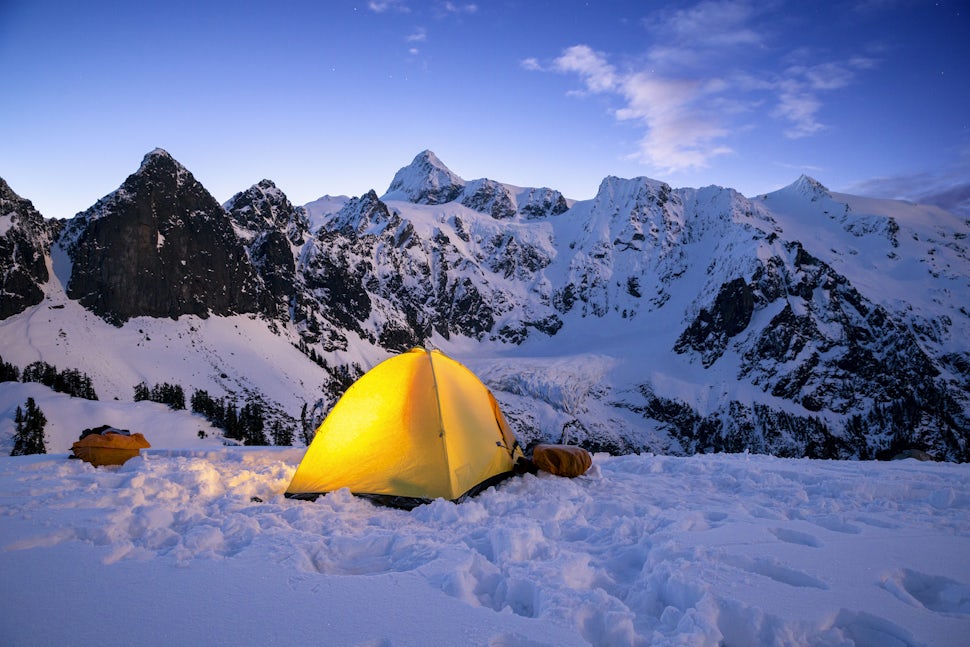
You’ve seen that photo on Instagram: the epic, impossibly cool campsite where a perfectly lit tent accents the pristine shoreline of a glorious alpine lake, reflecting a gravity-defying, snowy peak. Perhaps you’ve said to yourself, “I must have this. But how?” Here are a few tips for finding your own Instagram-worthy bivvy:
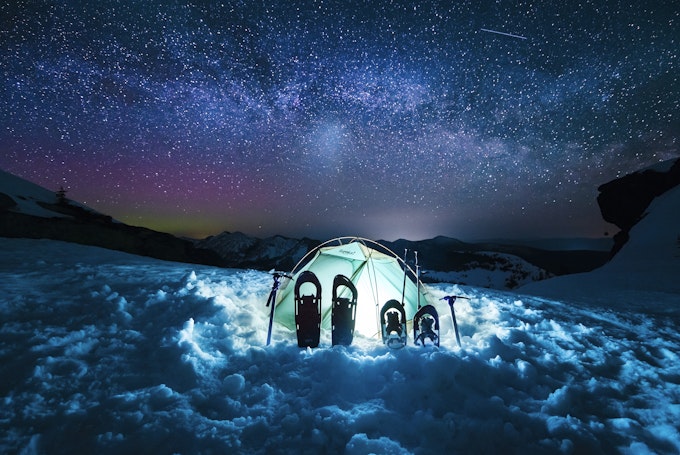
1. Use Your Topo Map!
Learning how to read a topographical map can help you skip a few steps in the scouting process by giving you a bird’s eye view of the lay of the land. From the comfort of your coffee table you can get an idea of the contours of your destination, locate nearby water sources, find high-ground and ensure you’ll be in the right area to catch monster views.
2. Google Earth
In tandem with a topo map, the Google machine can show you terrain features you’d otherwise never know were there, like tree cover and boulder fields. It can also be useful to pick out landmarks from home to keep an eye out for when you’re in the field.
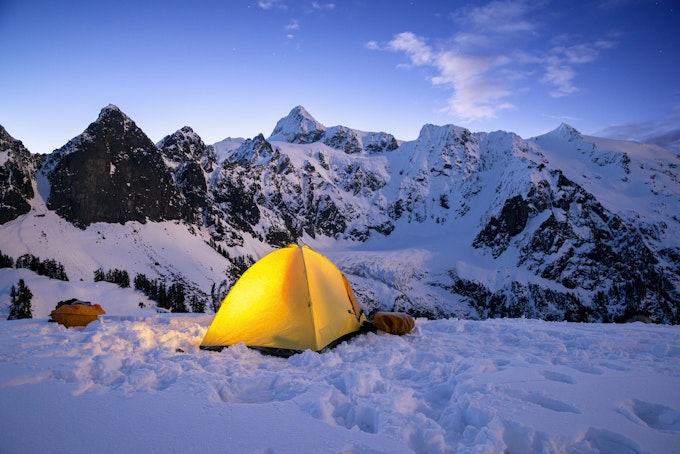
3. Good Old-Fashioned Scouting
Nothing works better for scouting out a good camping location than your own two peepers. Many of the best sites I’ve found in the backcountry have been places I’ve seen while out on a day hike in the area or on a different backpack on an adjacent ridge. Always be on the lookout for your next big spot.
4. Time it Right
Nobody wants to set up camp in the backcountry only to be accosted by a group of revelers armed with a subwoofer and inflatable disco ball (I wish were making this scenario up…) so keep in mind how popular an area is going to be when planning to camp. There are several websites that can give you an idea of how popular an area is (www.theoutbound.com comes to mind) so you can visit on a weekday or off-season and avoid the crowds. Having a few remote campsites in your queue for holidays and summer weekends will have you prepared to find solitude at the drop of a hat.
5. Listen Up
Using your ears to be aware of your surroundings can help avoid annoying or downright dangerous situations. Can you hear cars and trucks lumbering by on a nearby road? Is there a sharp cracking overhead from rock or ice falls? How about the rumbling of avalanches nearby?
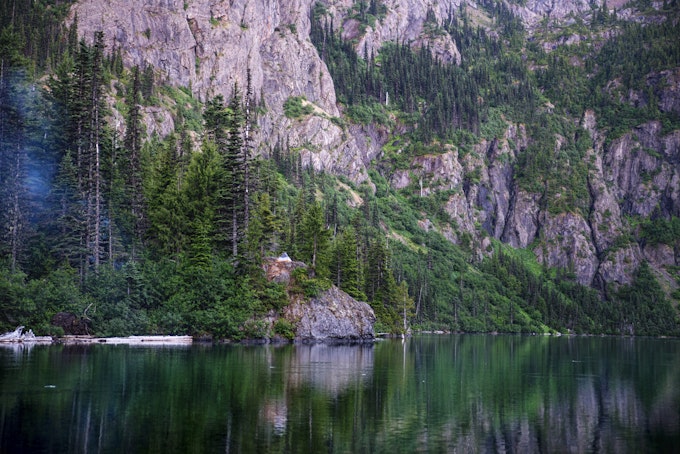
6. A River Runs Through It
Especially when backpacking, be sure to find a spot close enough to a water source that you don’t spend your whole day replenishing your supply. You’re more likely to stay hydrated if getting water is less work.
7. Check the Weather
Different terrain features can help you avoid weather-related catastrophes. If you hear distant thunder or if storms are forecast, set up in lower areas off of peaks and ridges. Windy that day? Use dense forest or rocks and cliffs to buffer yourself from the breeze. Caves can keep you dry in heavy rains. And never pitch your tent in a hollow or low point where rainwater can (and undoubtedly will) collect.
8. Sun and Shade
Use trees and rocks to block harsh sunlight that will heat up your tent on hot days and prevent overheating, sunburning or waking up sweaty.
9. Animal House
Just like with weather, using different terrain features can help you avoid run-ins with nasty critters. On a buggy night, camp in a breezier area like a ridge or open meadow to keep winged pests away. Ensure there is a sturdy and tall enough tree around to hang food to avoid bear or raccoon encounters.
10. Leave No Trace
Most important is to obey the ultimate law of the outdoors. Don’t traipse over or pitch a tent on fragile alpine or cryptobiotic soils. Stay on trails and set up camp on sturdier surfaces and smooth, flat rocks as much as possible to avoid soil compaction and erosion. Obey signs and never camp in prohibited areas. Keep beautiful places beautiful for others.
Happy Camping!
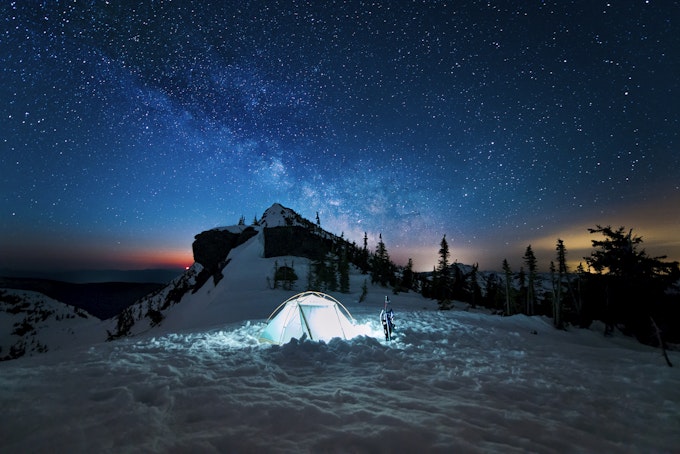
Check out more of Nick's adventures on The Outbound.
We want to acknowledge and thank the past, present, and future generations of all Native Nations and Indigenous Peoples whose ancestral lands we travel, explore, and play on. Always practice Leave No Trace ethics on your adventures and follow local regulations. Please explore responsibly!
Do you love the outdoors?
Yep, us too. That's why we send you the best local adventures, stories, and expert advice, right to your inbox.








